Uranus holds an interesting distinction: it was the first planet scientists discovered using a telescope! Before William Herschel spotted it in 1781, it was unknown to the world. And it still remains largely a mystery with its inhospitable conditions and vast distance from Earth. In fact, it’s farther away from us and the Sun than any other planet except Neptune. Just how far away is Uranus from the other celestial bodies in our solar system? Read on to find out!
How Far Away Is Uranus?
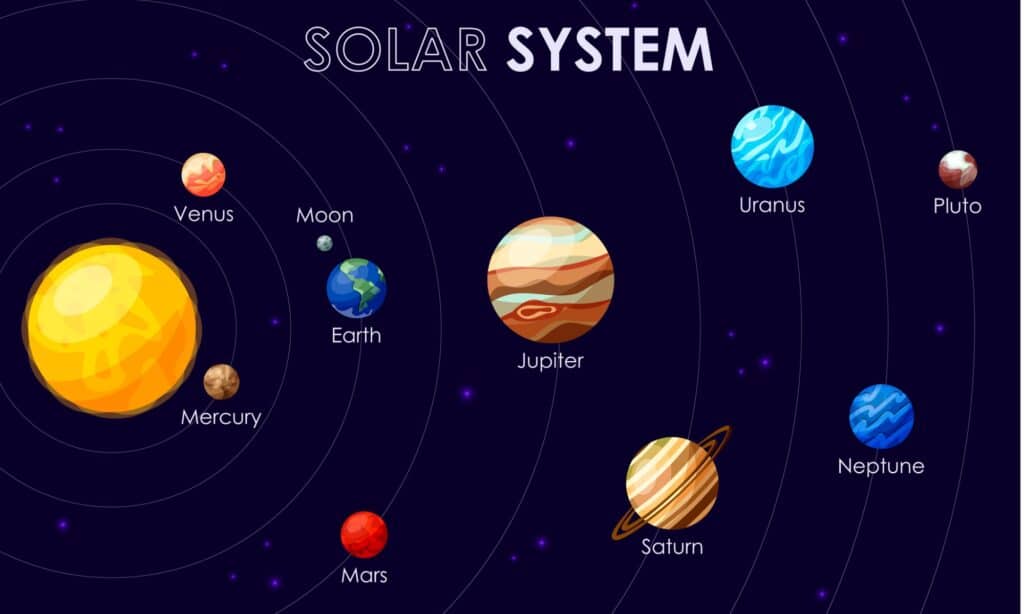
Uranus is the seventh planet from the Sun, further than any planet, except Neptune.
©iStock.com/Alexander Timoshin
Uranus lies 1.7 billion miles from Earth and 1.8 billion miles from the Sun. As with all planetary bodies, this distance fluctuates according to where the planet is in its elliptical orbit. Uranus is the seventh planet in our solar system and the second-furthest from the Sun. Scientists also express distance in astronomical units, or AUs. One AU is the distance between Earth and the Sun, about 93 million miles.
Distance From Uranus to the Sun
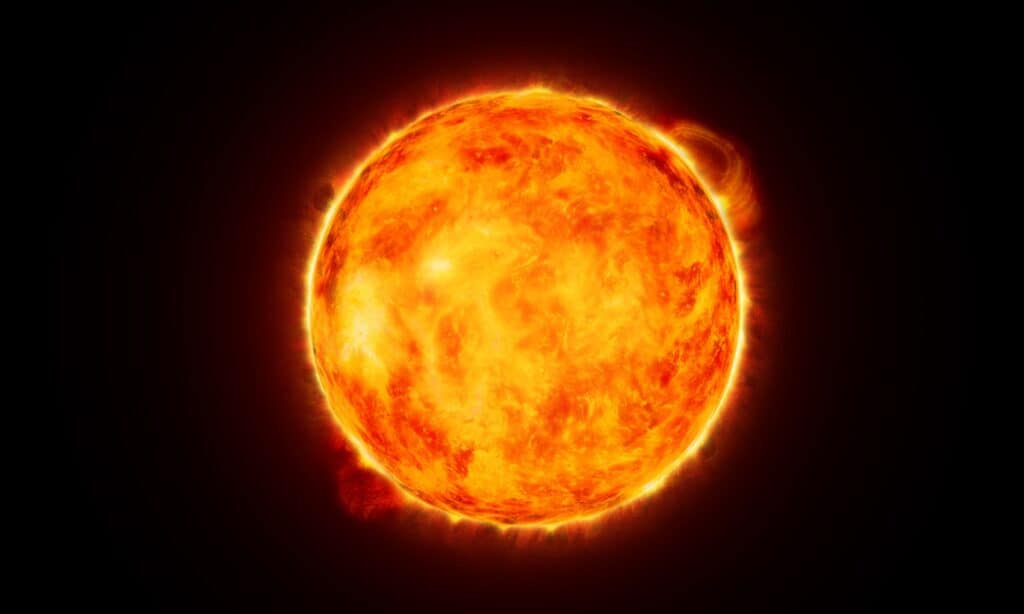
The average distance between Uranus and the Sun is 1.8 billion miles.
©iStock.com/hadzi3
The average distance between Uranus and the Sun is 1.8 billion miles or 19.8 AUs. Its perihelion (minimum distance from the Sun) is 1.7 billion miles, while its aphelion (maximum distance from the Sun) is 1.89 billion miles. Another way to measure distance is in light years. A light year represents the distance light can travel over one Earth year. Uranus is about 0.0003027918751413869 light years from the Sun.
Distance From Uranus to Earth
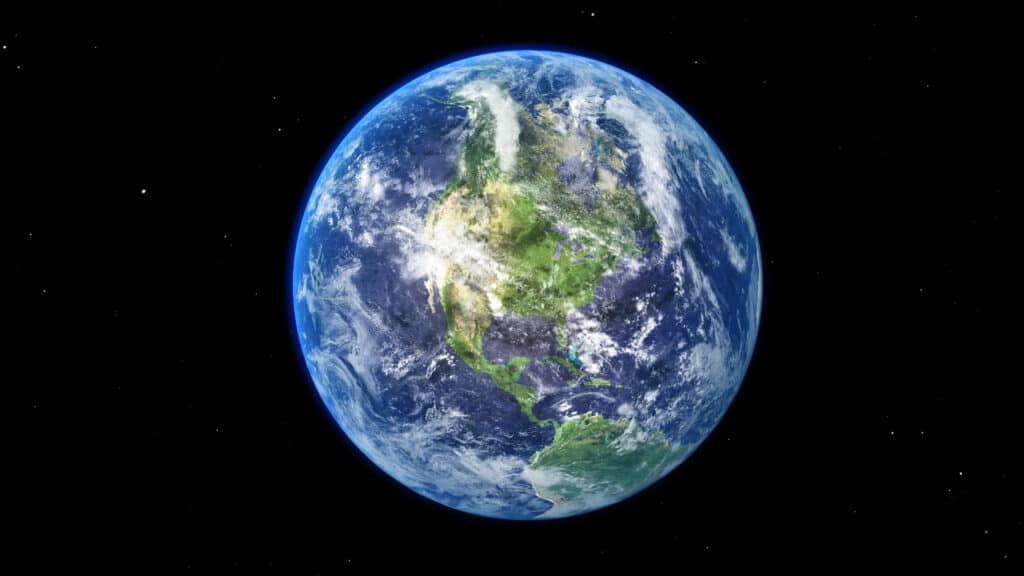
The average distance between Uranus and Earth is 1.7 billion miles.
©iStock.com/Thaweesak Saengngoen
The average distance between Uranus and Earth is 1.7 billion miles or 18.21 AUs. The closest it gets to us is 1.6 billion miles, though, at its furthest point, it stands 1.98 billion miles away. Its diameter is four times that of Earth at about 31,000 miles. Because of its size, its bulk could accommodate about 63 Earths!
Distance From Uranus to Mercury

Uranus stands 1.75 billion miles away from Mercury.
©iStock.com/FlashMyPixel
Uranus stands 1.75 billion miles away from Mercury or 18.82 AUs. On average, it’s further from Mercury than from any other planet in the solar system. As the closest planet to the Sun, Mercury has a year of only 88 days. Uranus, on the other hand, takes 84 years to make one revolution around the Sun. Despite its long year, one day lasts only 17 hours.
Distance From Uranus to Venus
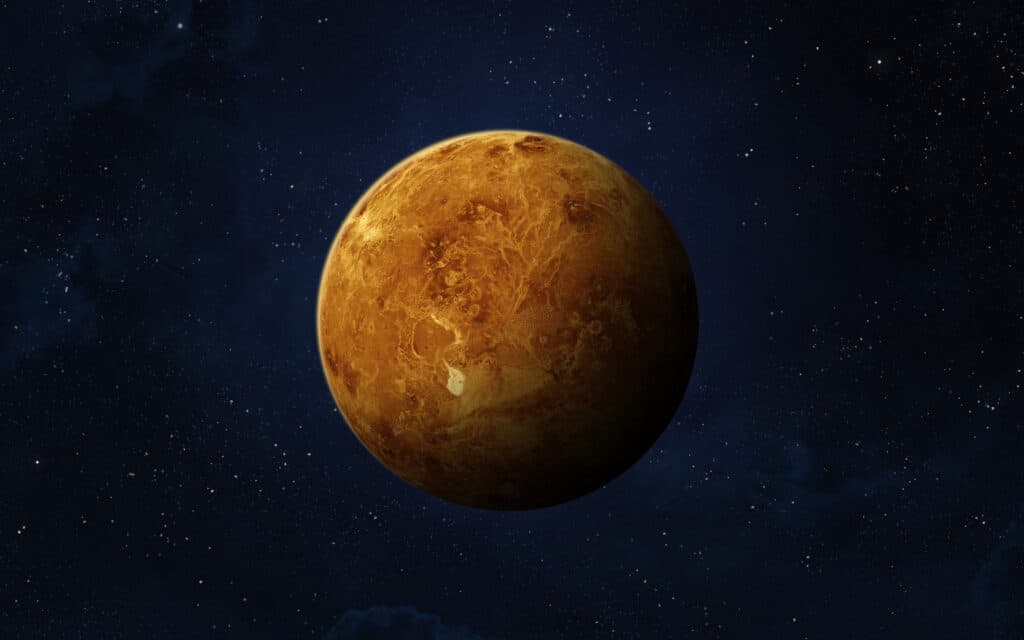
The average distance between Uranus and Venus is 1.72 billion miles.
©iStock.com/buradaki
The average distance between Uranus and Venus is 1.72 billion miles or 18.49 AUs. These planets are opposites in terms of temperature. Uranus features the lowest temperatures in our solar system, plunging at times to -371°F (-224°C), though Neptune has a slightly colder average temperature. Venus, on the other hand, is our solar system’s hottest planet, with a maximum temperature of 872°F (467°C).
Distance From Uranus to Mars
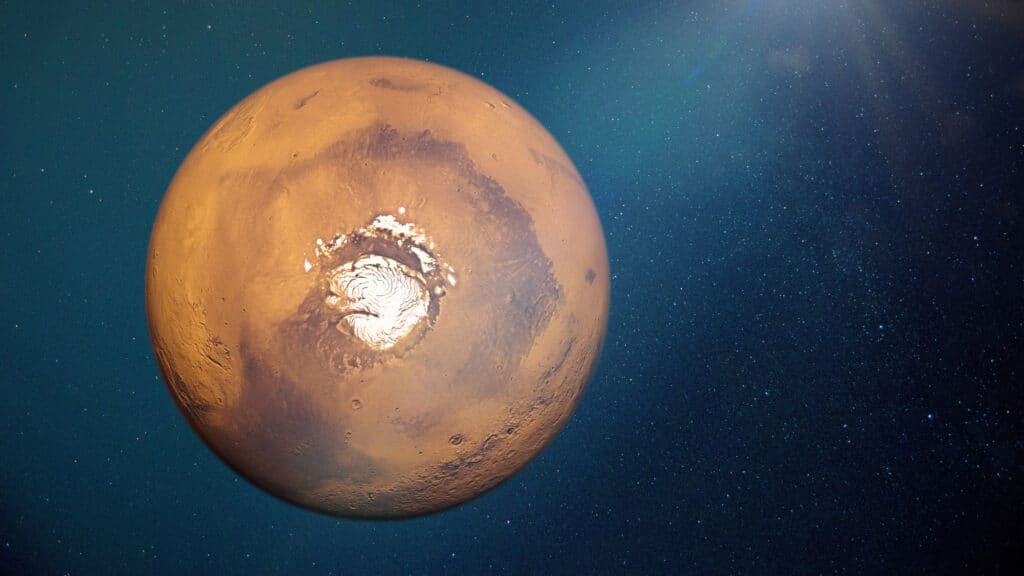
Uranus is an average of 1.64 billion miles from Mars.
©iStock.com/dottedhippo
Uranus is an average of 1.64 billion miles from Mars or 17.69 AUs. Mars is the fourth and last terrestrial planet from the Sun. Because of the iron minerals in its soil, it appears reddish to observers. By contrast, Uranus appears bluish-green. This is due to the methane in its atmosphere, which absorbs red light.
Distance From Uranus to Jupiter
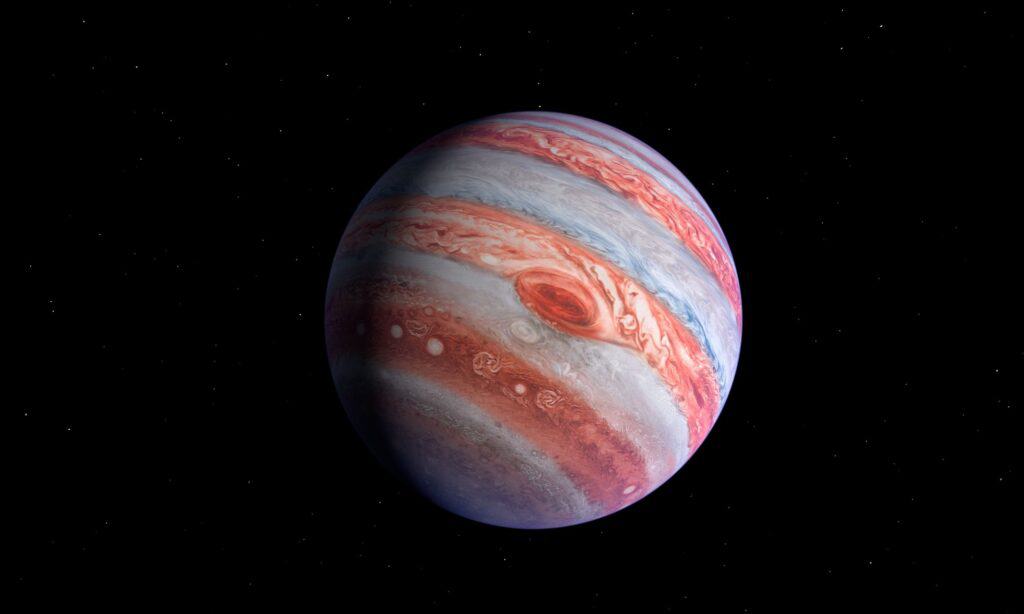
The average distance between Uranus and Jupiter is 1.3 billion miles.
©joshimerbin/Shutterstock.com
The average distance between Uranus and Jupiter is 1.3 billion miles or 14.01 AUs. Jupiter is the first gas giant in the solar system and also the largest planet. Jupiter dwarfs Uranus not only in size but in the number of its moons, 63 to 27. Every planet in the solar system could fit inside Jupiter at once, earning it the title “the king of the solar system.”
Distance From Uranus to Saturn

The average distance between Uranus and Saturn is 900 million miles.
©iStock.com/forplayday
The average distance between Uranus and Saturn is 900 million miles or 9.7 AUs. Saturn’s rings are its distinguishing feature, appearing as seven separate rings from a distance. They are mostly made up of particles from asteroids, comets, and demolished moons. The rings extend as far as 175,000 miles from the planet. Uranus also has 13 rings, the inner ones dark and the outer ones bright.
Distance From Uranus to Neptune

An average of 1.01 billion miles separate Uranus and Neptune.
©iStock.com/3quarks
An average of 1.01 billion miles separate Uranus and Neptune, or 10.88 AUs. These planets are similar in many ways, including their diameter: both are approximately 30,000 miles wide, with Neptune being slightly smaller by about 100 miles. However, Neptune has the greater mass. They also appear similar in color, though Neptune is a brighter, more robust blue. The reason for their slightly different shades may be due to the haze in Uranus’ atmosphere. These are the only two ice giants in the solar system.
How Long Does It Take to Travel to Uranus From Earth?
NASA’s Voyager 2 spacecraft took 8.5 years to reach Uranus, flying past in January of 1986. It is the only spacecraft to travel to the ice giant. The pictures and data it collected have been invaluable to scientists ever since, including images of previously unknown moons.
Can Uranus Be Seen From Earth?
Uranus is generally too far away to be seen from Earth by the naked eye. Under ideal conditions, a person with excellent eyesight may just be able to pick it out among the other celestial bodies. Astronomers recommend using binoculars or a telescope to catch a glimpse of this planet at night.
Have Humans Ever Visited Uranus?

No human has ever set foot on Uranus, nor has any spacecraft landed on its surface.
©iStock.com/IncrediVFX
No human has ever set foot on Uranus, nor has any spacecraft landed on its surface. Scientists classify the planet as an ice giant, though some group it and Neptune with the gas giants Jupiter and Saturn due to its extensive atmosphere. The icy surface of the planet isn’t an actual surface but rather a fluid mixture of water, methane, and ammonia. Because of this, there’s nowhere to land a spacecraft or walk.
Obviously, this precludes the possibility of human habitation. The extreme pressures, temperatures, and lack of livable space make it a forbidding environment for most living things, including both plants and animals.
Uranian Climate and Lifeforms
Uranus is home to howling winds and bitter cold, with wind gusts often reaching up to 560 miles per hour (900 kilometers per hour). The other ice giant, Neptune, has even higher wind speeds; gusts can reach 1200 miles per hour (1930 kilometers per hour). Due to the extremely adverse conditions, no lifeforms exist on Uranus. Strangely, the planet rotates east to west, the opposite of every planet in the solar system except Venus. Winds at the equator blow against the planet’s rotation while winds at the poles blow with it.
The planet’s axis is also tilted at an unusual angle. It tilts almost 98 degrees compared to Earth’s 23 degrees. This appears to put it on its “side” with its poles continually switching places to be nearest the Sun. Extreme seasons result from this tilt, with each pole spending a quarter of each Uranian year (about 21 years) in frigid darkness.
Until scientists find a way to land a spacecraft on this ice giant, it will remain a mysterious and distant neighbor in our vast solar system.
Check out our article on “How Much You’d Weigh On Uranus.”
The photo featured at the top of this post is © iStock.com/IncrediVFX
Thank you for reading! Have some feedback for us? Contact the AZ Animals editorial team.







